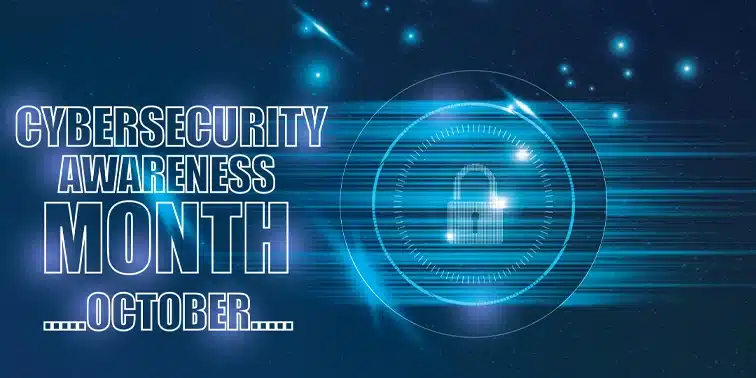As we observe Cybersecurity Awareness Month this October, it’s essential to reflect on one of the most significant and rapidly evolving threats in the digital landscape: ransomware. Once characterised by relatively simple attacks that encrypted files and demanded a ransom for their release, ransomware has now morphed into a far more dangerous beast.
Today’s ransomware attacks are more sophisticated, targeted, and devastating, leveraging advanced techniques that threaten individuals, businesses, and entire sectors critical to our society.
The Evolution of Ransomware
Ransomware has undergone a dramatic evolution over the past few years. In its early days, attackers would primarily use a “spray and pray” approach—targeting as many victims as possible with malicious emails or links, hoping that some would click and enable the attack. However, as cybersecurity defences have improved and awareness has grown, attackers have adapted their tactics.
The most notable shift in ransomware attacks is the emergence of “double extortion”. In these attacks, cybercriminals not only encrypt the victim’s data but also steal it before locking it down. This stolen data becomes a potent weapon for the attackers, who threaten to release sensitive information publicly if the ransom isn’t paid.
This tactic significantly increases the pressure on victims, making it more likely they will comply with the ransom demands. The fear of a data breach and the potential damage to reputation, legal standing, and customer trust can be more crippling than the data encryption itself.
Impact Across Critical Sectors
Ransomware attacks have expanded beyond targeting individuals and small businesses; they now pose a grave threat to critical sectors like healthcare, energy, and infrastructure. The healthcare sector is a growing target. Hospitals and medical facilities are rich with sensitive data and often lack the robust cybersecurity measures found in other industries, making them vulnerable to attack. A successful ransomware attack on a healthcare provider can have dire consequences, including the disruption of medical services, risking the lives of patients.
Energy companies and critical infrastructure have also become frequent targets where attackers use sophisticated encryption methods. This highlights the potential for ransomware to cause widespread economic and societal damage, far beyond the immediate impact on the targeted organisation.
Advanced Techniques and Evasion
Modern ransomware attacks are characterised by their advanced encryption techniques and methods of evading detection. Attackers now deploy highly sophisticated malware that can bypass traditional security measures. They use techniques like fileless malware, which operates in the system’s memory rather than writing files to the disk, making it much harder to detect. Additionally, ransomware attackers often exploit zero-day vulnerabilities—previously unknown flaws in software or hardware—to gain entry into systems before defences can be updated.
Ransomware groups are increasingly using “Ransomware-as-a-Service” (RaaS) models, where they provide their tools and infrastructure to other criminals in exchange for a cut of the ransom payments. This business model has lowered the barrier to entry for cybercriminals, leading to a proliferation of ransomware attacks globally.
The Need for Vigilance
The evolution of ransomware underscores the importance of cybersecurity awareness and preparedness. Organisations across all sectors must prioritise cybersecurity, not just during Cybersecurity Awareness Month but year-round. This includes implementing robust security measures, regularly updating systems, training employees to recognise potential threats, and having a comprehensive incident response plan in place.
For individuals, it is crucial to stay informed about the latest cyber threats and practice good digital hygiene. This includes using strong, unique passwords, enabling multi-factor authentication, and being cautious of suspicious emails and links.
By staying informed, vigilant, and prepared, we can mitigate the impact of these attacks and protect our data, our organisations, and our critical infrastructure from the growing threat of ransomware.
This Cybersecurity Awareness Month, let us all commit to enhancing our cybersecurity practices and staying one step ahead of cybercriminals who seek to exploit our digital world. The threat is real, but with awareness and action, we can build a resilient defence against the ever-evolving menace of ransomware.






